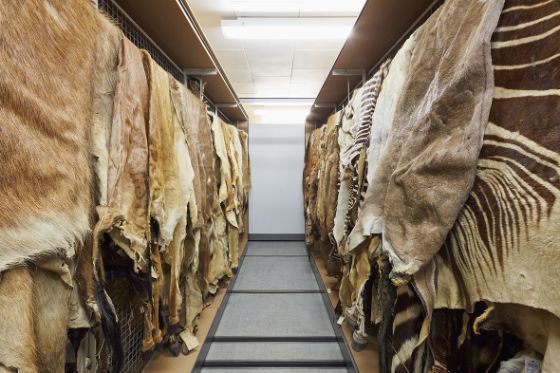
MINERAL RESOURCES OF SWITZERLAND
Since 1915, the Natural History Museum Basel has held a collection of coal, salts and ores from Switzerland. This inventory documents the country's mineral resources at the start of the 20th century – one of the most significant phases of Swiss mining.
The collection of mineral deposits at the Natural History Museum Basel includes different types of coal (turf, coal, asphalt, bituminous shale and oil, various salts (rock salts) and ores (iron ore, manganese ore, copper ore, molybdenum ore, nickel and cobalt ore, lead and zinc ore), as well as talc and asbestos. These minerals and rocks are specimens taken from virtually all of the quarries and mines across Switzerland at the start of the 20th century. The coals come mainly from the Swiss Plateau and the Valais region. The salts come from various drilling operations along the Rhine and the ores come from the Alps and the Jura mountains.
The collection comprises around 3,700 minerals and rocks as well as 420 thin sections. The collection is the inventory and reference collection of the first significant 'Map of localities of mineral deposits in Switzerland', which was published in 1917 by Carl Schmidt. Schmidt was Professor of Mineralogy and Geology at the University of Basel and was also responsible for putting this collection together. Parts of the collection were exhibited in 1914 at the Swiss National Exhibition in Bern.
